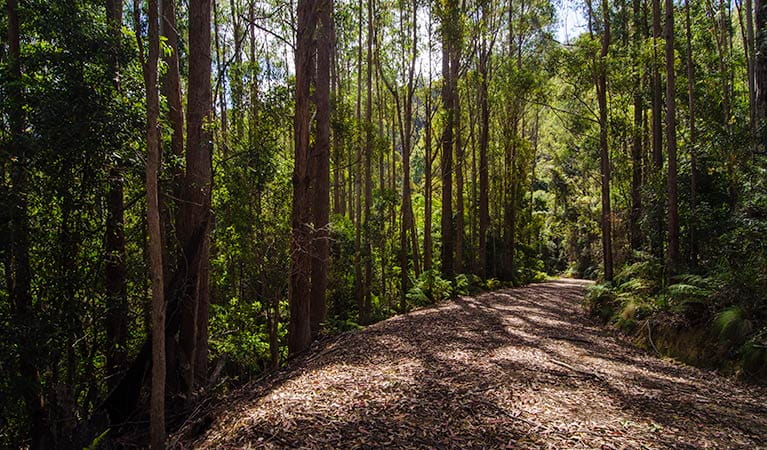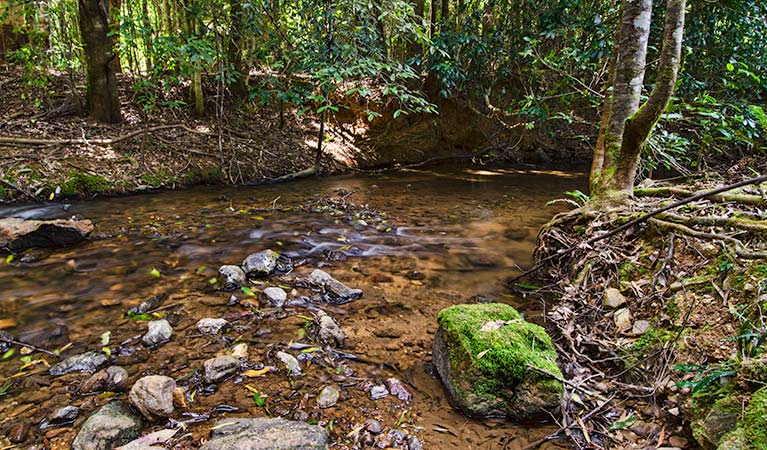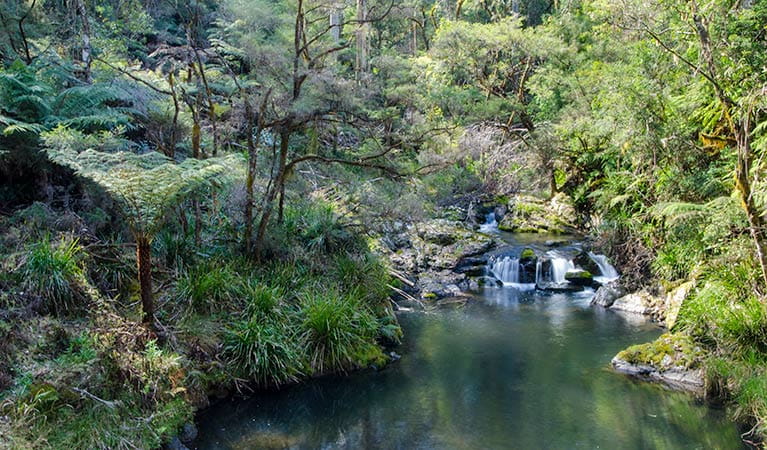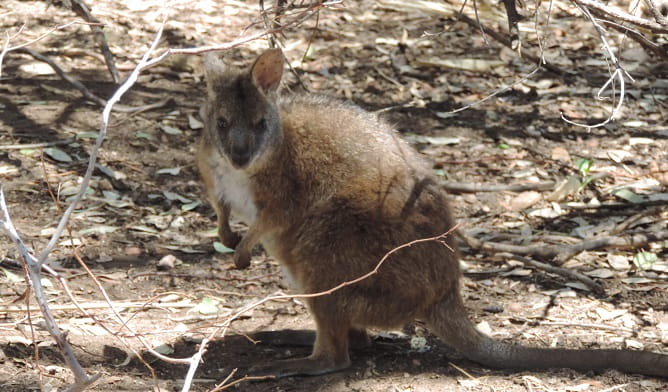Cottan-Bimbang National Park
Learn more
Learn more about why this park is special
Cottan-Bimbang National Park is a special place. Here are just some of the reasons why:
Colonial settlers, gold, and bushrangers

Cottan-Bimbang has a rich past filled with colonial settlers and convicts. The famed explorer John Oxley first travelled through the area in 1818, on his way to the coast. In fact, the first convict road linking Port Macquarie to Walcha went through here; keep an eye out for stonework remnants buried in the undergrowth. Loggers came not long after in their search for cedar, the Red gold. Regular gold was sought here too Cells State Conservation Area, deep in the park, contains relics of early mining. And just to top off a dramatic, event-filled history, the bushranger Jimmy Governer (Jimmy Backsmith) travelled through the area with his brother before being captured closer to Port Macquarie.
- Myrtle Scrub scenic drive Myrtle Scrub scenic drive is a 14km alternative driving route to the highway straight through scenic views of Cottan-Bimbang National Park, tracing a trail past old-growth wet eucalypt forest and rain...
Aboriginal tracks

The name 'Cottan-Bimbang' is an Aboriginal word meaning 'walking stick palm', referring to a plant which can be found scattered throughout the national park. Echoes of Aboriginal occupation can also be seen in the routes used by early explorers and settlers, which were probably first used by Aboriginal people to travel between the coast and tablelands.
A potential World Heritage Area

Rainforest makes up 40% of Cottan-Bimbang National Park, with subtropical rainforest in the centre around the catchment of Cells Creek, and warm temperate rainforest and dry rainforest of myrtle further out. Because of this diverse ecosystem, Cottan-Bimbang has been nominated for inclusion in the Gondwana Rainforest World Heritage Area.
The largest population of parma wallabies

Explore Cottan-Bimbang National Park and you may be fortunate enough to spot the shy parma wallaby in the area. The largest population of parma wallabies reside within Cottan-Bimbang National Park. Approximately half the park is made up of native old-growth forest, making it ideal for a refreshing bushwalk, or just as a means to escape into nature.
- Myrtle Scrub scenic drive Myrtle Scrub scenic drive is a 14km alternative driving route to the highway straight through scenic views of Cottan-Bimbang National Park, tracing a trail past old-growth wet eucalypt forest and rain...